Researchers from the Lawrence Berkeley National Laboratory have created soft polymer materials capable of thermoelectric energy generation.


Researchers from the Lawrence Berkeley National Laboratory have created soft polymer materials capable of thermoelectric energy generation.
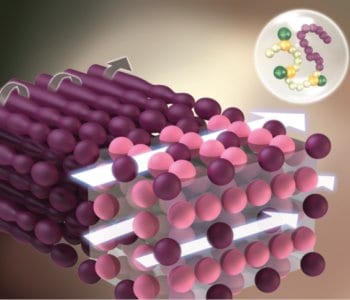
A special issue in Macromolecular Rapid Communications presents selected highlights in the exciting field of ionic liquid-based polymers.
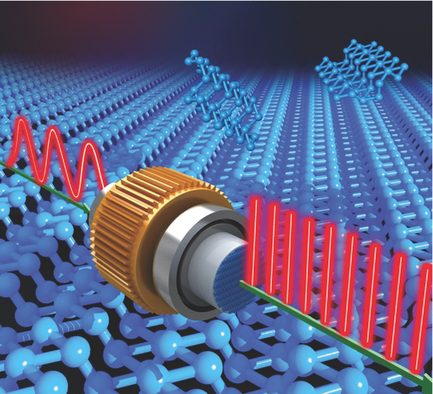
The month’s top articles from the field of nanooptics, optoelectronics, optical devices, detectors & sensors, micro/nano resonators and more.
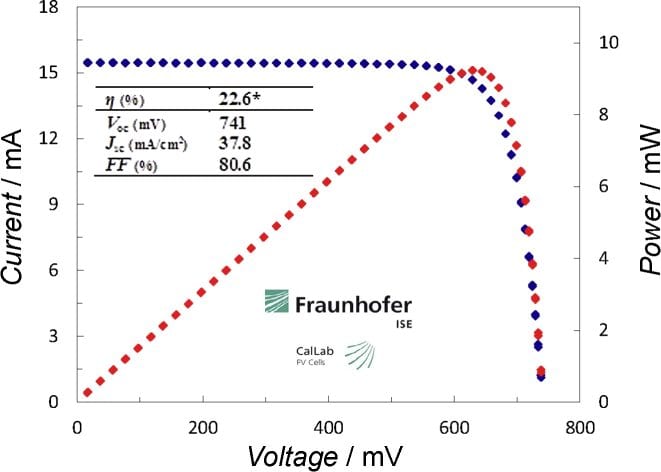
The Centre for Solar Energy and Hydrogen Research Baden-Württemberg (ZSW) has nudged up the performance bar for thin-film solar cells yet another notch.
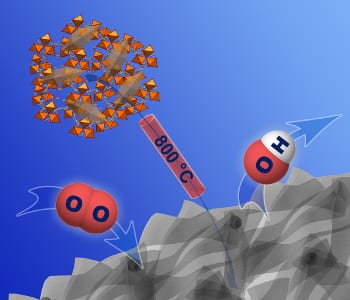
A NUS team has reported a highly efficient ORR electrocatalyst derived from an iron-based metal–organic framework (MOF).
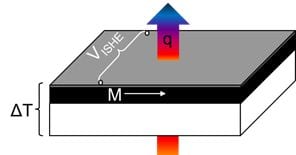
A newly discovered phenomena enables the separation of the key physical parameters that limit the efficiency of conventional thermoelectrics.
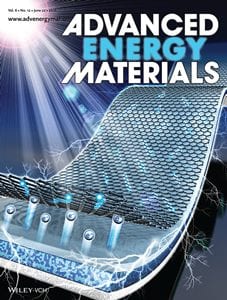
Take a look at the great cover images from the June issues and top five most downloaded articles this month.
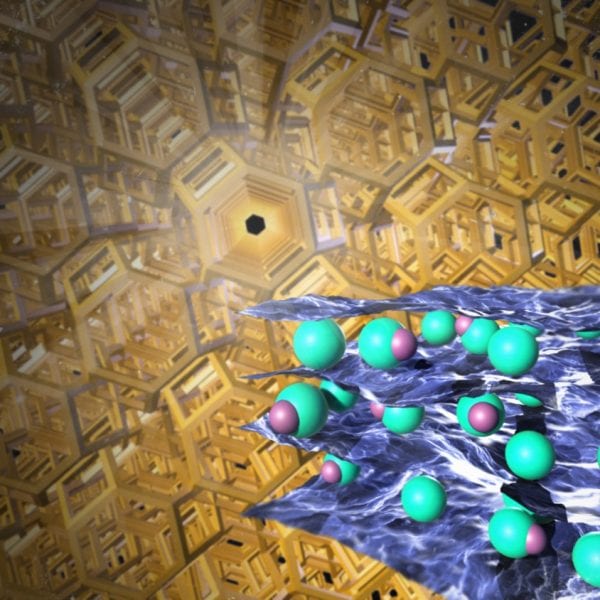
Researchers at the University of California, Santa Cruz have developed a two-step ion intercalation strategy to enhance the capacitance of graphene-based electrodes.
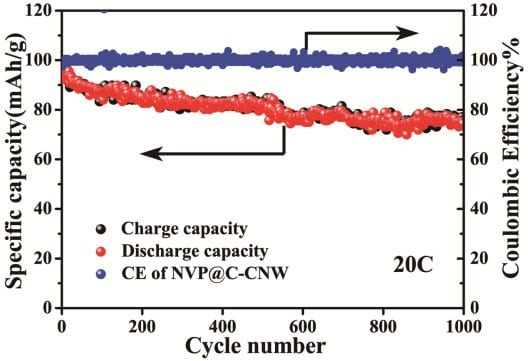
Researchers from China have embedded carbon-coated NVP nanoparticles in carbon nanowires to create a promising cathode material for sodium-ion batteries.
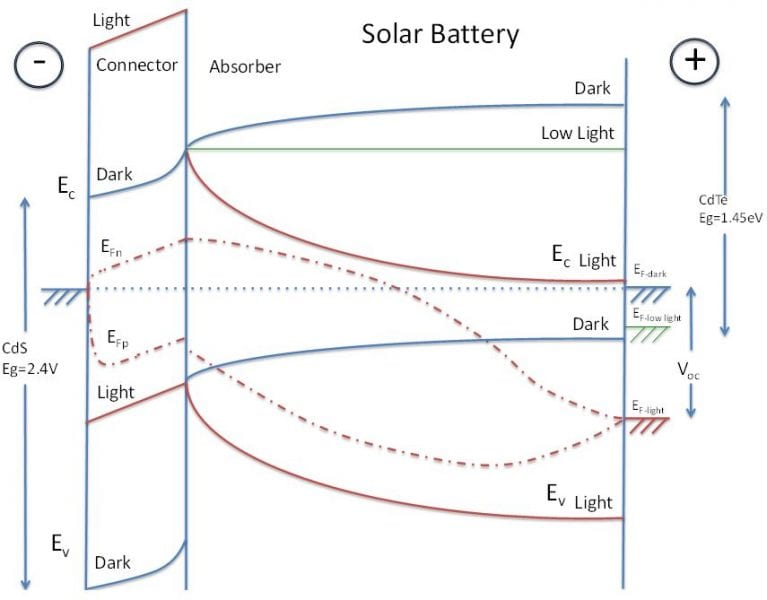
A new solar cell is described that relies on a thin layer of clean CdS in which a high-field domain extracts holes from p-type emitters without having pn-junctions involved. This design is highly advantageous for increasing the efficiency of the solar cell significantly, by avoiding junction leakage and by increasing the open circuit voltage to its theoretical value approaching the band gap at T = 0 K.